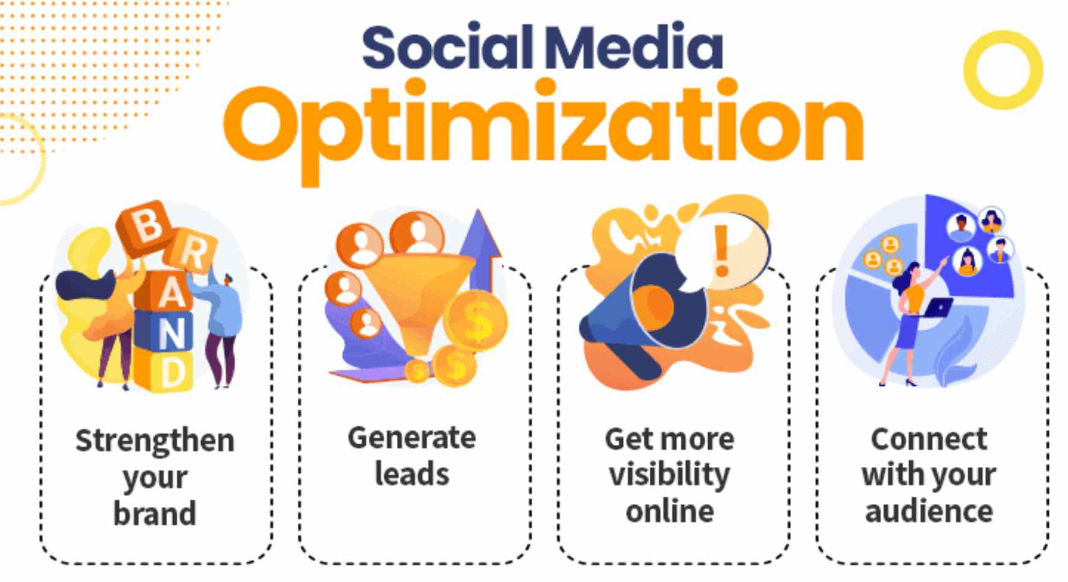
Strategies for Image Optimization on Social Platforms
In today's digital age, visual content reigns supreme on social media platforms. From Instagram and Pinterest to Facebook and Twitter, images and videos dominate users' feeds, making visual search optimization a critical aspect of any digital marketing strategy. In this article, we'll delve into Crescitaly's tactics for optimizing images on social platforms to enhance visibility, engagement, and ultimately, drive organic traffic to your brand.
High-Quality Visuals: The foundation of any successful image optimization strategy is high-quality visuals. Ensure your images are crisp, clear, and visually appealing. Invest in professional photography or utilize high-resolution stock images to convey professionalism and credibility.
Keyword Optimization: Just like traditional SEO, keyword optimization plays a crucial role in visual search. Conduct keyword research to identify relevant keywords and phrases related to your content and incorporate them into your image titles, descriptions, and alt text. This helps search engines understand the context of your images and improves their discoverability.
File Naming Conventions: When saving images, use descriptive file names that include relevant keywords. Avoid generic file names like "image123.jpg" and instead opt for descriptive titles that accurately reflect the content of the image. For example, instead of "sunset.jpg," use "sunset-over-ocean.jpg" to improve search engine visibility.
Optimize Image Size and Format: Large image files can slow down your website and negatively impact user experience. Optimize your images by compressing them without sacrificing quality. Additionally, choose the appropriate image format – JPEG for photographs and PNG for graphics – to ensure optimal display across different devices and platforms.
Social Media Image Guidelines: Each social media platform has its own set of image guidelines and best practices. Familiarize yourself with the recommended image dimensions, aspect ratios, and file sizes for each platform to ensure your images display correctly and attract maximum engagement. Platforms like Instagram and Pinterest prioritize vertical images, while Facebook and Twitter prefer square or landscape-oriented visuals.
Engaging Visual Content: Captivate your audience with engaging visual content that tells a story and evokes emotion. Experiment with different types of visuals, such as infographics, memes, and carousel posts, to keep your audience entertained and interested. Incorporate your brand's unique style and personality to stand out in a crowded social media landscape.
Consistent Branding: Maintain a consistent visual identity across all your social media channels to reinforce your brand's image and increase brand recognition. Use consistent colors, fonts, and design elements in your images to create a cohesive brand experience that resonates with your audience.
Monitor Performance and Iterate: Track the performance of your optimized images using analytics tools provided by social media platforms. Monitor metrics such as engagement rate, click-through rate, and conversion rate to gauge the effectiveness of your visual content. Use this data to iterate and refine your image optimization strategy for continuous improvement.
In conclusion, visual search optimization is a powerful technique for enhancing your brand's visibility and driving organic traffic on social media platforms. By implementing Crescitaly tactics for optimizing images, you can maximize the impact of your visual content and attract a larger audience to your brand. Stay informed about the latest trends and best practices in visual search optimization to stay ahead of the competition and achieve long-term success in the digital landscape.